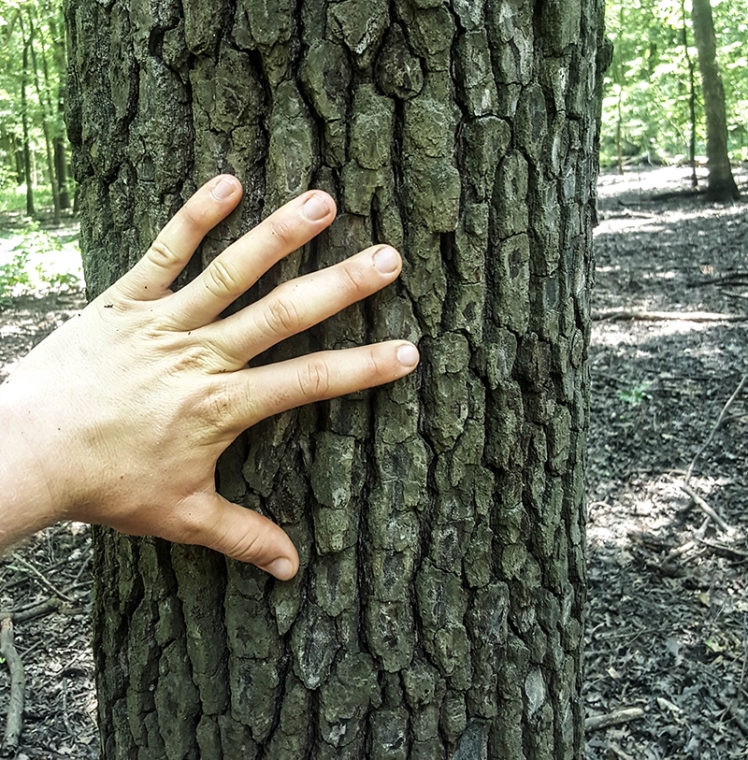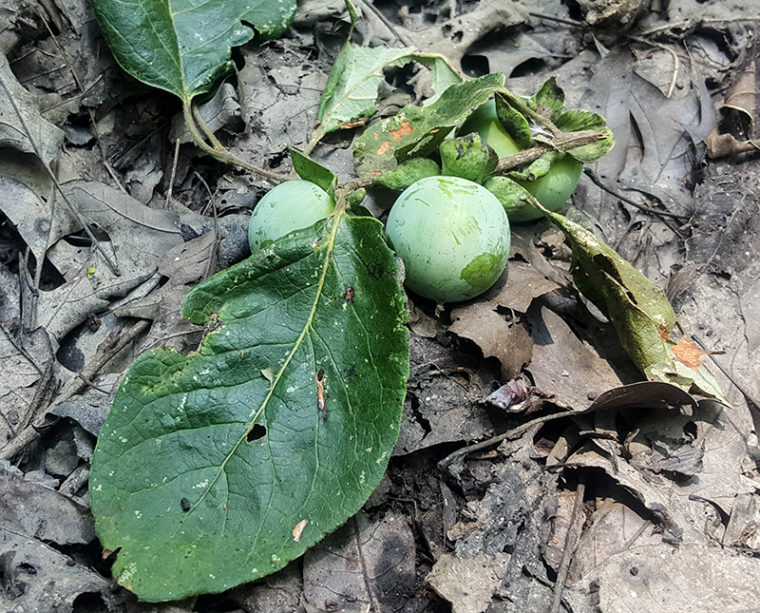To the hardcore deer hunter, summer can seem like an incredibly boring time of year, but a few summer afternoons spent scouting for deer may mean the difference between a slow deer season and your best ever. I spent countless afternoons last summer exploring Mississippi public land after moving to the state, and while some of those days were tiring and sweaty, they led me to my best deer season ever. So, a little sweat equity right now can go a long way, and what better way to spend a summer afternoon than working toward your next deer hunt? Here are 5 tactics you can employ this summer to make your scouting effort pay off big time on public and private land.
Work Smarter, Not Harder
By far the best thing you can do to ensure your summer scouting will be productive is to first familiarize yourself with the property by looking over satellite imagery and topo maps. When planning a scouting excursion, I first look at a topography map like onX and see if there are any major features like mountains, rivers or clearcuts that will affect the way I can walk the property. If there are, I will plan my scouting route to follow the path of least resistance. Taking the easy route sounds like a lazy approach, but this can be one of the best ways to locate highly traveled areas as deer also travel through terrain in the most efficient way possible. If you find yourself randomly walking through the same bench or saddle repeatedly as you scout a property, it’s a good indication that the feature naturally funnels deer movement through it as well and may be a great future hunting spot.
After I have pre-scouted topo features, I will pore over aerial imagery of the property and drop pins on every single cover type that is different from the bulk of the property, as well as corners where multiple cover types converge. In pine plantations this may be a small hardwood drainage, or in mountainous hardwoods this may be a rhododendron thicket. Don’t forget to pay attention to water as well; sloughs, creeks, ponds, and other water features can serve as tremendous funneling features, not to mention excellent habitat because the associated wetlands often contain soft-mast producing shrubs and trees as well as great cover. After identifying all the different cover patches on a property and dropping pins on your GPS app, you are ready to use your understanding of the topography to walk the property from pin to pin and start ground-truthing your work.

It pays to be able to identify the bark of important fruit-producing trees, since the fruit may not be large enough to see until late summer. This tree is a persimmon.
Think About Timing
As you scout a property, it’s important to keep the deer sign you are observing in context. One of the biggest failures I made in my early years of summer scouting was focusing too much on fresh sign. It’s important to realize that while some high-use summer areas will be good in fall, others being used by deer June through August may not hold deer in fall. Focusing only on fresh sign will lead you to mark areas on your GPS for future hunting when these areas may actually not be productive hunting locations. It’s also very easy to walk right by areas in summer that may be real hotspots in fall, which highlights the biggest challenge of summer scouting: separating areas used in summer vs. fall. So, how do you locate fall hotspots in the middle of summer? Here are some more thoughts…
Focus on Travel Routes
Most geographic features do not change year-to-year like food sources can, so the travel routes they produce tend to be stable. Even if a given funnel isn’t actively being used in summer, an astute woodsman can still identify signs of past use. Obviously if an area is littered with old rubs and scrapes, it will be easy to know that it is a high-use area in fall. However, otherwise great hunting spots are often overlooked by hunters because they do not contain this readily visible buck sign. So my favorite way to identify high-use areas is by identifying trails that connect two or more cover types. While these deer trails may not have visible tracks in mid-summer, you can still pinpoint trails used in fall, as vegetation will not grow in them due to years of compaction from deer travel. As you scout, keep an eye out for faint trails in suspected pinches and along edges of different cover types, as these same trails will likely be traveled heavily during the rut.
Look Up!
Most hunters understand that deer readily consume acorns, persimmons and others types of mast produced by trees. However, it’s easy to forget about these food sources until they are dropping their tasty morsels in fall and are being hammered by deer. Most mast-producing trees do not produce large crops of fruit every year and are cyclical in their fruit production. Diligent hunters scouting in summer should be able to identify the most attractive mast producers by their bark or leaves, then look up to see if the tree will have a good crop of fruit that year.

Some fruit may be so small in early summer that it’s difficult to spot in tall trees, but storms sometimes knock down fruit early, revealing a potential fall hot-spot.
Using quality binoculars, you will be able to spot some fruits even in early summer. Others, especially acorns in taller trees, may be more difficult to see until late summer. When you identify a tree with a good crop of acorns or persimmons, drop a pin and make a note as you may want to return to hunt that tree in fall. Also, keep in mind that quantity of mast produced by individual trees is linked to tree genetics as well as environmental effects like weather, so when you find a good tree that deer like, it may be a hotspot for years to come as it may be a genetically good producer. You can also survey acorn crops across a property to help you improve acorn production.
Be Prepared
While summer can be a great time to scout, it’s imperative to protect yourself adequately from dehydration, insects and venomous snakes in the summer woods. Numerous times over the years, I have set off to scout in summer without enough water and have always regretted it. Now, I always take at least two full-size Nalgene bottles of water and often a 2-liter hydration pack as well. This seems to do the trick for a half day or more of hiking. In addition to water, it’s always a good idea to wear snake boots or leggings if you will be walking through tall vegetation, and always spray your clothing down with a healthy dose of permethrin to ward off the ticks!
